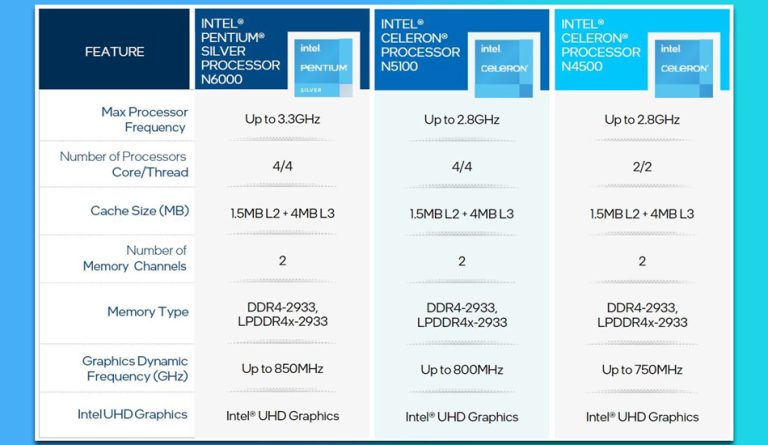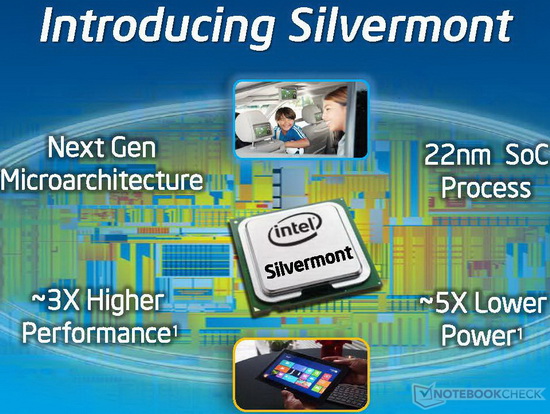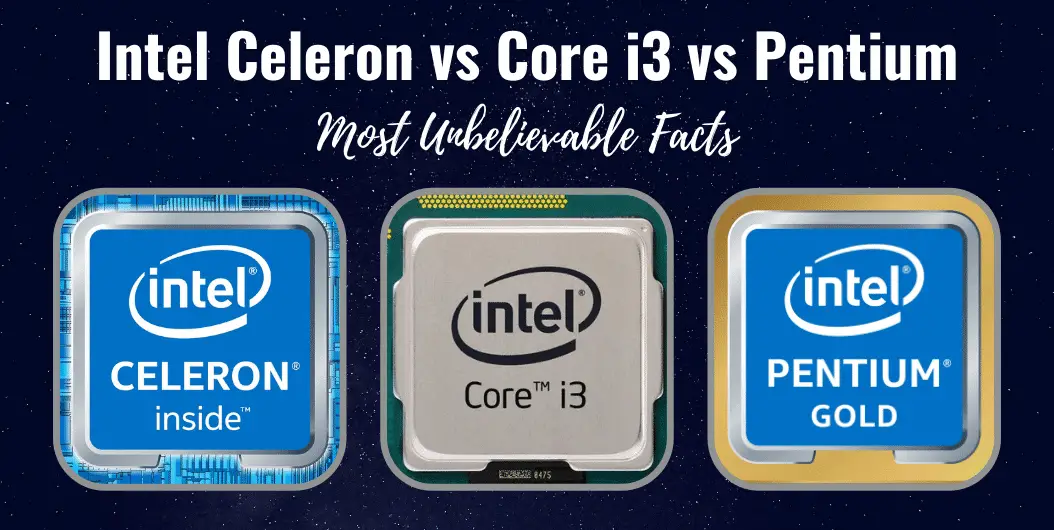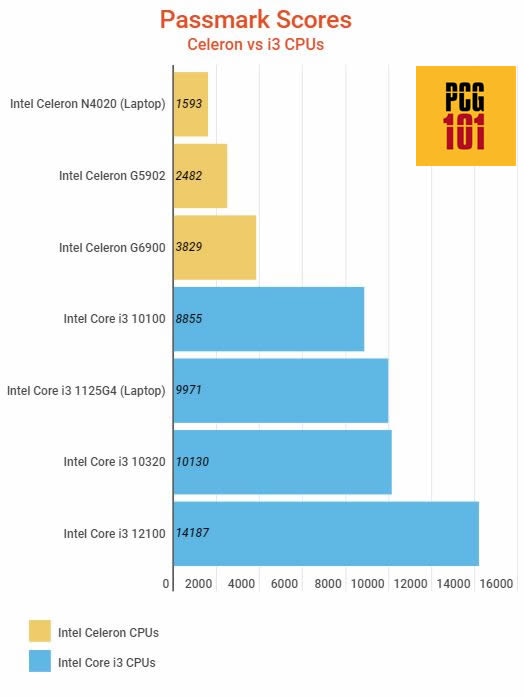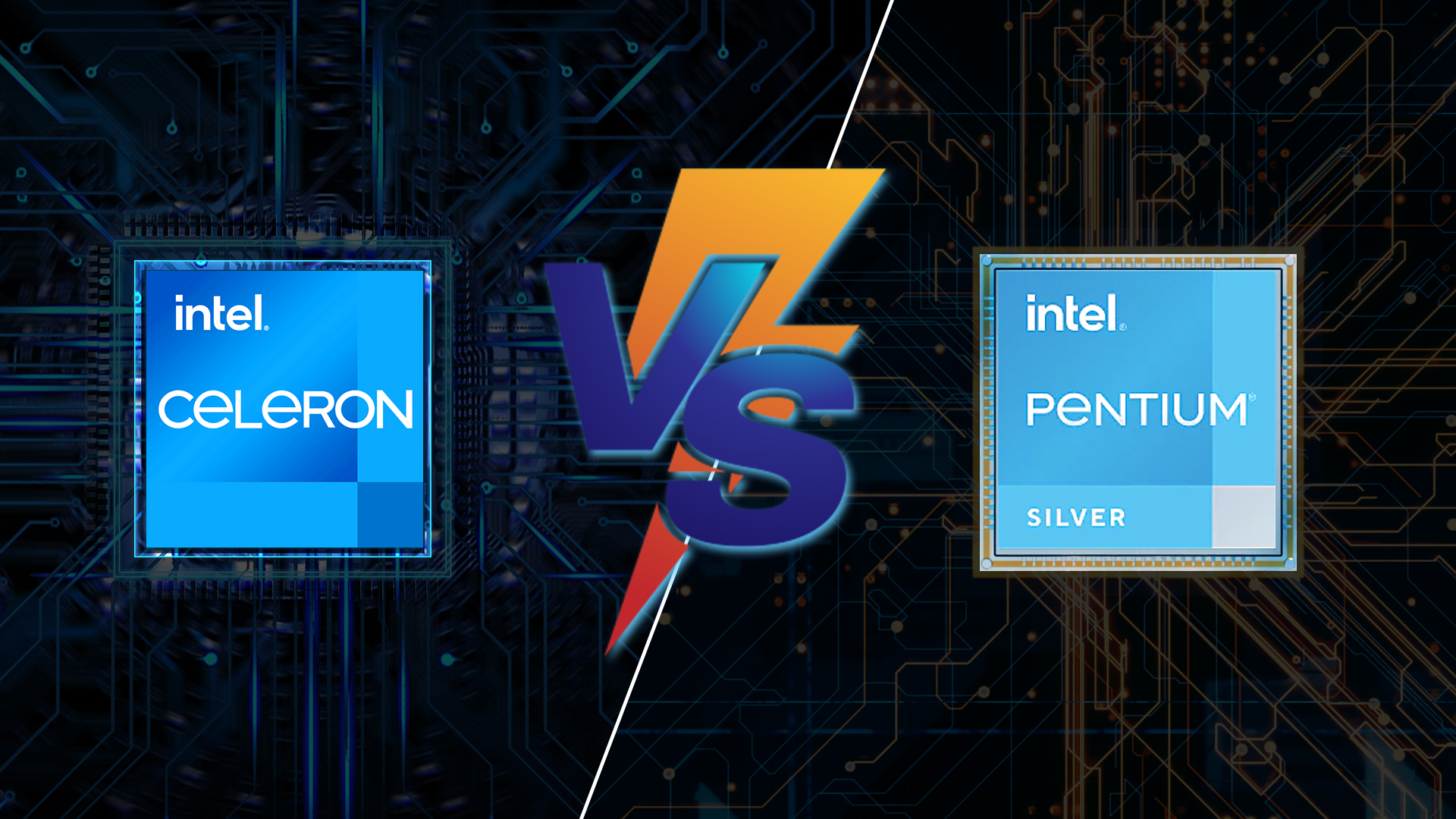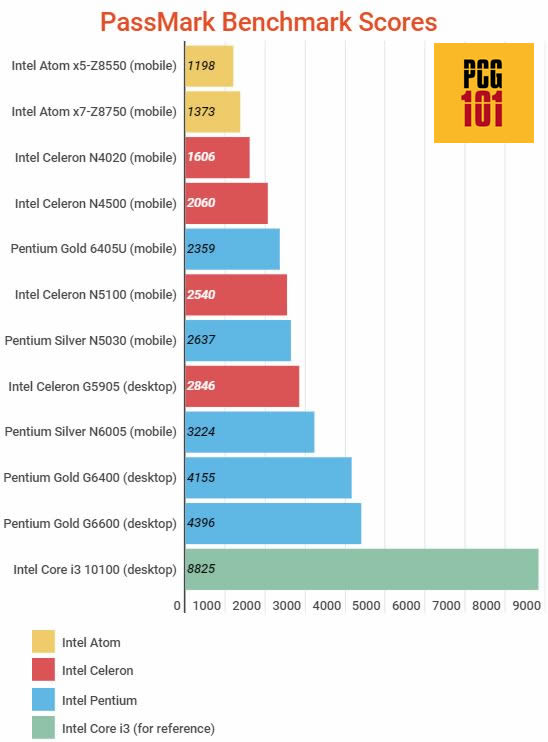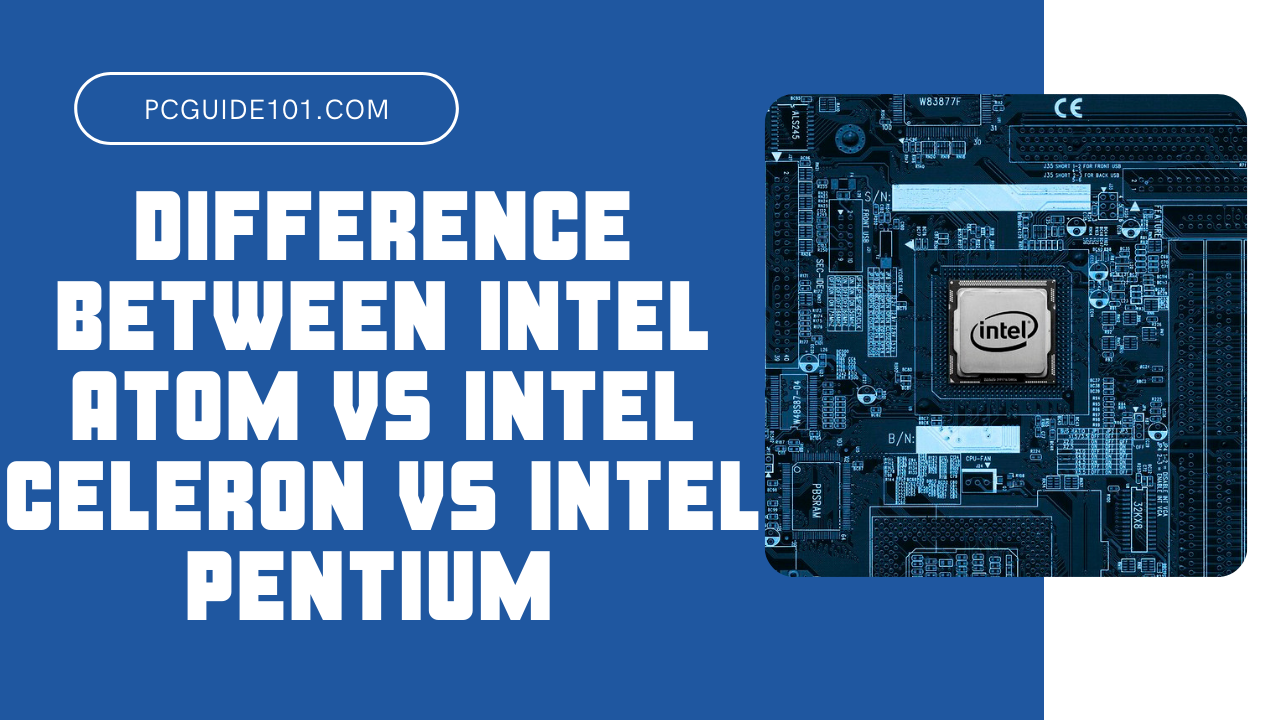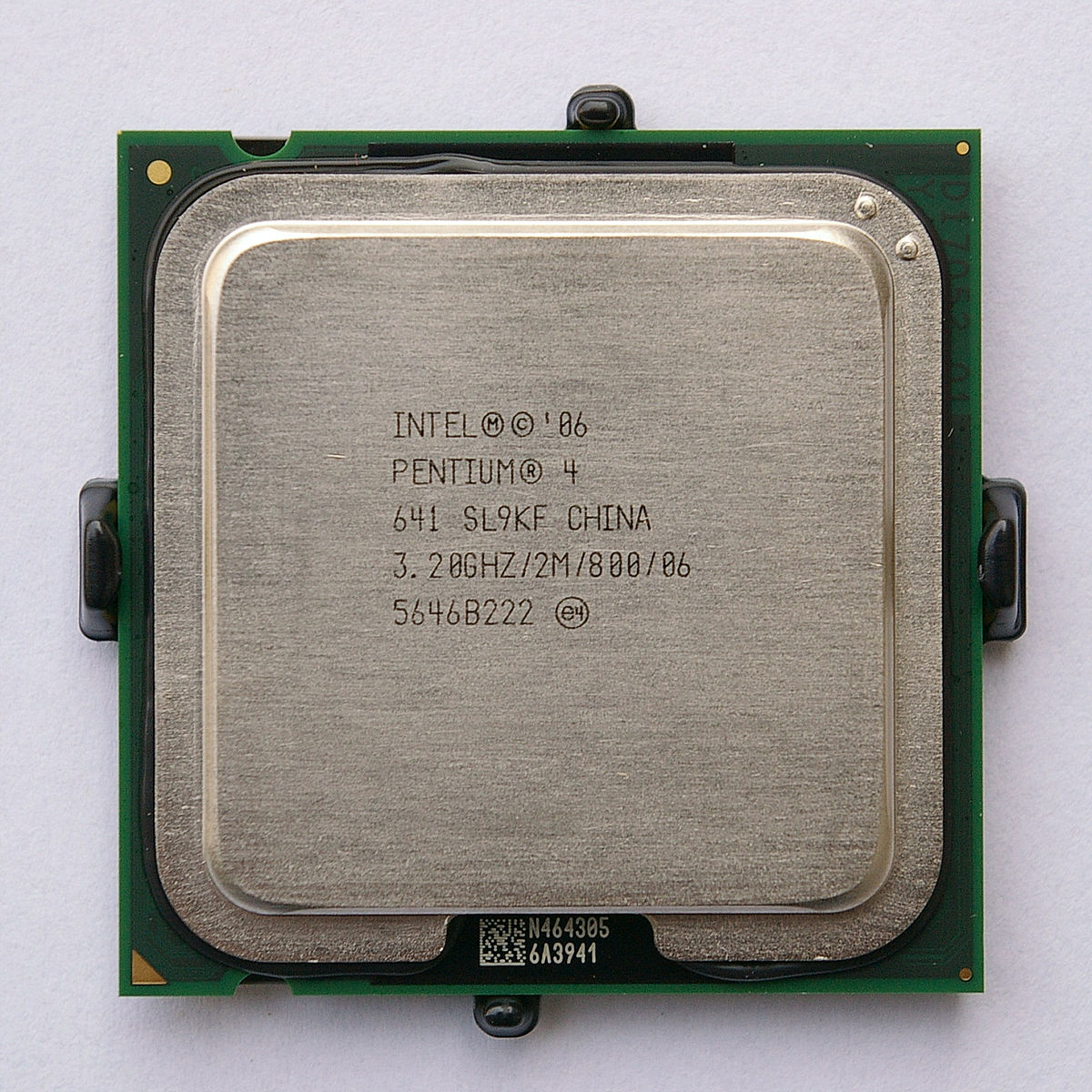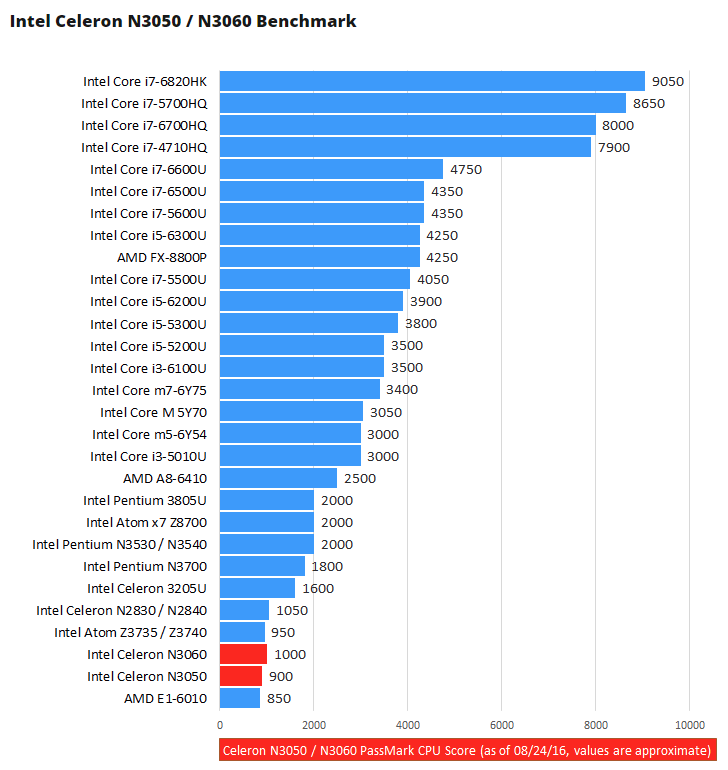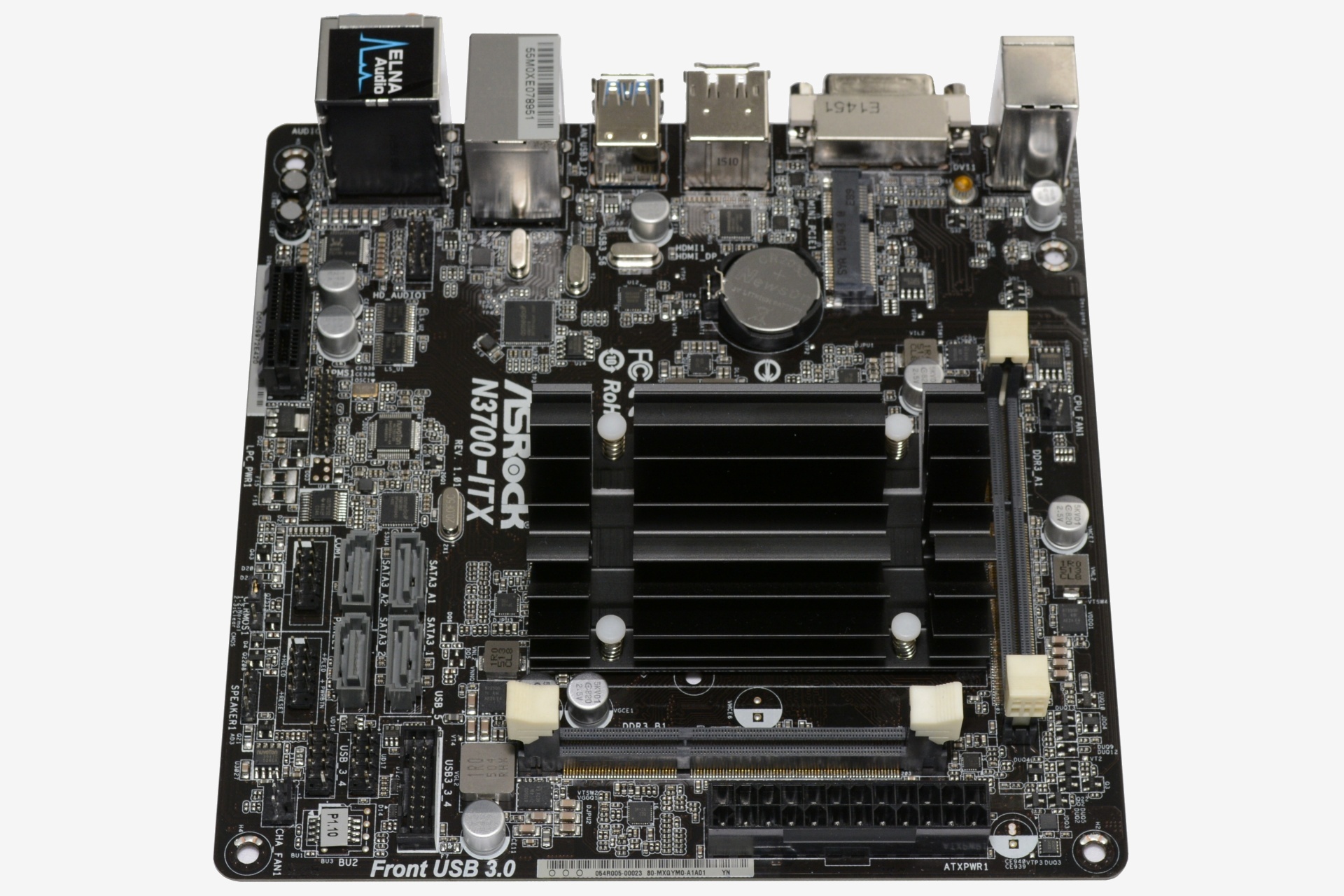Intel Pentium N3540 Vs Celeron N3050
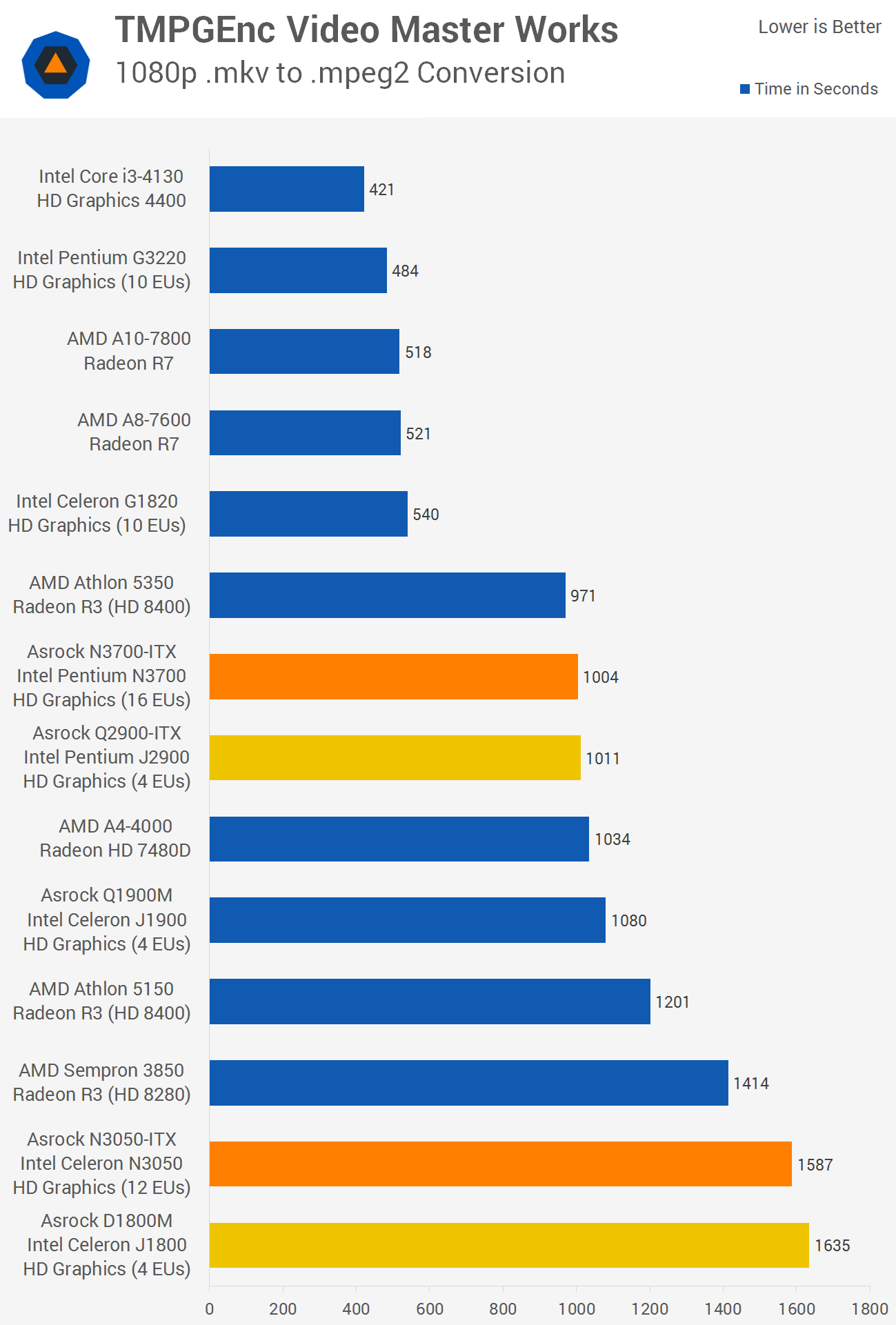
In the budget-conscious world of laptops and mini-PCs, the battle for supremacy rages on. Two contenders, the Intel Pentium N3540 and the Celeron N3050, have long been the stalwarts of entry-level computing. But with evolving user needs and the constant march of technology, understanding their performance nuances is more critical than ever for informed purchasing decisions.
This article dives deep into a comparative analysis of the Intel Pentium N3540 and the Celeron N3050. We will explore their specifications, benchmark results, real-world performance, and power efficiency. Ultimately, this will help readers determine which processor best suits their specific needs and budget.
Architecture and Specifications
Both the Pentium N3540 and the Celeron N3050 are based on Intel's Bay Trail and Braswell architectures, respectively. These processors are designed for low power consumption and affordability.
The Pentium N3540 features a quad-core configuration, offering four physical cores for processing tasks. It boasts a base clock speed of 2.16 GHz and a burst frequency of up to 2.66 GHz. This processor also integrates Intel HD Graphics (Bay Trail) with a base frequency of 313 MHz and a burst frequency of 896 MHz.
The Celeron N3050, on the other hand, is a dual-core processor, equipped with only two physical cores. It has a base clock speed of 1.6 GHz and a burst frequency of 2.16 GHz. The integrated Intel HD Graphics (Braswell) in the N3050 runs at a base frequency of 320 MHz and a burst frequency of 640 MHz.
Benchmark Performance
Benchmark results paint a clear picture of the performance differences between the two processors. The quad-core architecture of the Pentium N3540 gives it a significant advantage in multi-threaded workloads.
Tests like Cinebench R15, which measures CPU rendering performance, consistently show the N3540 outperforming the N3050 by a considerable margin. This advantage is noticeable in tasks like video editing, image processing, and running multiple applications simultaneously.
In single-threaded tasks, the performance gap is smaller. The slightly higher clock speeds of the Pentium N3540 still give it a modest edge over the Celeron N3050 in applications that rely heavily on single-core performance, such as older games and some productivity software.
Real-World Usage Scenarios
Beyond benchmarks, it's crucial to consider how these processors perform in real-world scenarios. For everyday tasks like browsing the web, writing documents, and streaming videos, both processors are generally adequate.
However, the Pentium N3540's quad-core advantage becomes more apparent when multitasking or running more demanding applications. Users may experience smoother performance and quicker response times compared to the Celeron N3050.
Gaming performance is limited on both processors due to their integrated graphics. Light, older games may be playable at low settings, but don't expect to run modern AAA titles smoothly.
Power Consumption and Battery Life
Both processors are designed for low power consumption, making them suitable for laptops and other mobile devices. The Celeron N3050, with its dual-core architecture, generally consumes slightly less power than the quad-core Pentium N3540.
In terms of battery life, devices powered by the Celeron N3050 may offer slightly longer runtimes. However, the difference is often marginal and can be influenced by other factors such as screen brightness, battery capacity, and usage patterns.
Intel's official data sheets suggest a Thermal Design Power (TDP) of 7.5W for the Pentium N3540 and 6W for the Celeron N3050. This illustrates the relatively small difference in power consumption.
Conclusion
The Intel Pentium N3540 offers superior performance, particularly in multi-threaded workloads, making it a better choice for users who frequently multitask or run demanding applications. However, the Celeron N3050 remains a viable option for basic computing tasks and may offer slightly better battery life.
The best choice depends on individual needs and budget. If performance is a priority and the price difference is negligible, the Pentium N3540 is the clear winner. For users on a tight budget who primarily use their device for light tasks, the Celeron N3050 provides sufficient performance at a lower cost.
Looking ahead, newer generations of processors offer significant improvements in performance and efficiency. However, understanding the capabilities and limitations of these older processors remains relevant for those seeking affordable computing solutions or maintaining legacy systems.

